How to care for raspberries in spring?
Raspberries are a delicious aromatic berry with healing properties that constantly needs care. Even if the most elite varieties of raspberries grow on your site, this does not mean that they do not need to be looked after. Lack of proper care guarantees crop loss. Raspberry care in spring differs from leaving in autumn Experienced gardeners have already developed a certain system of rules for growing raspberries.
Content:
So, spring has come, the snow has melted from your site. What kind of care does raspberry need at this time?
Pruning raspberries in spring
In early spring, it is imperative to carefully conduct a sanitary inspection of your site. In raspberries, starting from the second year after planting, 5-10 replacement shoots grow from the base of the bush every spring, and new shoots grow around the bushes. Frozen shoots should be removed.
If only part of the shoot is frozen, you need to remove it to a healthy place. Raspberries allow you to get a harvest, even if the main part of the shoot is frozen. The main thing is that there are living kidneys below. It is also necessary to cut out all thin and broken shoots. Them cut off level with the ground so that hemp does not remain.
As soon as the growth appears, usually in May-June, it must be removed immediately. This is necessary in order for all the beneficial nutrients and moisture to go to the main bush.
In order for the raspberries to be larger, gardeners recommend cutting the shoots at a height of 120-160 cm annually in the spring.
Planting new shoots
As soon as the long-awaited spring arrives, the garden season begins. The season that many gardeners are looking forward to, because this is an inexplicable feeling of joy that you were able to grow a crop with your own hands.
With the arrival of warm days, it's time to think about planting raspberries... This is the best time to plant new and replant old shoots. Shoots of red varieties are planted, deepening into the ground to the previous level of planting, black and purple varieties - a little deeper. After the raspberries are planted, they must be well watered at the roots, then the soil is mulched. In addition, it is better to cut red raspberries to a height of 25-30 cm.
When planting raspberries, keep in mind that they love loamy soil with a good ability to absorb water and the presence of a large amount of humus. Therefore, before planting in the ground, it would be good to add a large amount of garden compost and rotted manure. The root system of raspberries is quite strong and deep.
The place for planting raspberries should be sunny. It is not recommended to plant raspberries in close proximity to plants of the rose family. These are apple trees, rose hips, roses, blackberries and stone fruit trees. Also bad neighbors for raspberries are potatoes, peppers, tomatoes, eggplant, bulbous flowers and plants.
Raspberries of black and purple varieties are best planted in separate bushes. The soil around them must be treated in such a way as not to allow the bushes to grow together. The distance between the bushes should be at least 90 cm. It is better to plant red and yellow raspberries in one continuous row with a distance of 60 cm. Too dense planting of raspberries impedes ventilation, which can cause various raspberry diseases.
Before planting raspberries, it would be good to soak the roots with a solution of mullein or rotted manure. Thus, the nutrition of new planted shoots is improved, since a huge number of beneficial microorganisms enhance the process of decomposition of organic matter.
Raspberry yield is more dependent on fertilizers. If the soil is characterized by average fertility, then every year it needs 3-4 kg of organic fertilizers. She also needs 25-30 grams of superphosphate and 20 grams of potassium salt per 1 square meter of land.
Spring fertilizing
Raspberries, which have survived the winter cold, need proper feeding in the spring. If the soil in the area where you grow raspberries is well saturated with nitrogen mineral fertilizers, then with the arrival of spring days, coppice shoots will actively begin to grow on the raspberry shoots.
With a weak growth of such shoots, you can produce top dressing at the end of May under each separate bush. Chicken droppings or fresh mullein are perfect for such feeding. This method of fertilization will provide the bushes with useful substances for the entire growing season. It would be nice to put mulch mulch made from straw or sawdust and manure under each bush.
At least two years should pass between fertilizing with manure. Otherwise, if you fertilize with manure annually, the shoots will not be able to ripen, especially if the winter is snowy.
Due to the fact that the roots of raspberries are deep in the ground, it is necessary to fertilize the soil with manure to a depth of 10 cm, having previously introduced liquid fertilizers. If mulch is used, there is no need to loosen the soil.
Raspberries can be minimally treated with insecticides as needed.
To get a harvest of excellent quality, gardeners know that before the buds should bloom, raspberry bushes must be treated with nitrafen, and sprayed with karbofos a week before flowering.
Regardless of what varieties of raspberries grow in your area, it should be remembered that a good harvest does not happen without the investment of time and effort. Raspberries, although not very whimsical to care for, still require attention, timely pruning, feeding and watering. Only in the case of proper care, it will delight you with a wonderful fragrant harvest.



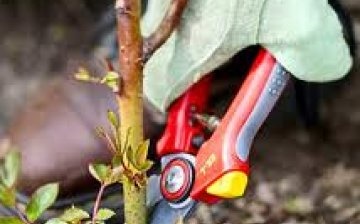

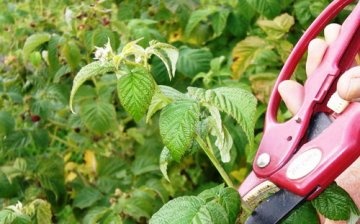
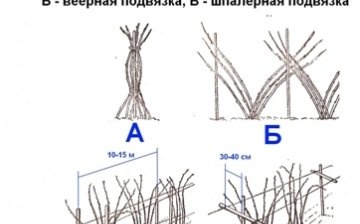




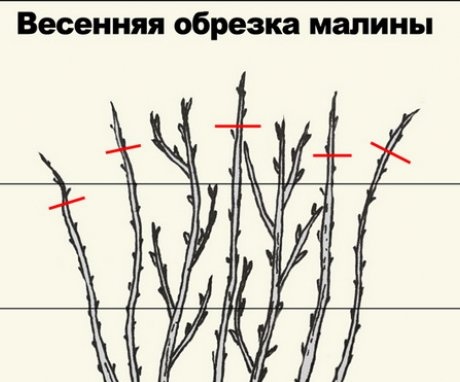
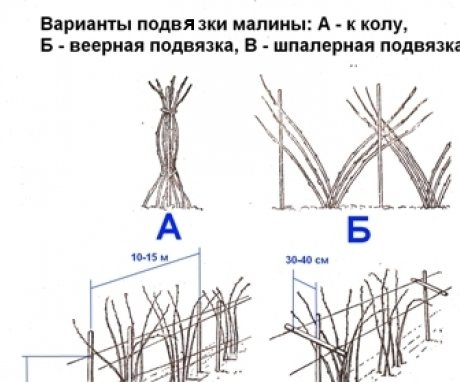

We prune raspberries in the spring, prune them, plant them and water them, fertilize them, only sometimes. It is possible that this is the reason for its low yields. True, over the summer, raspberries give 2 harvests and we always succeed in providing ourselves with jam from this delicious berry.